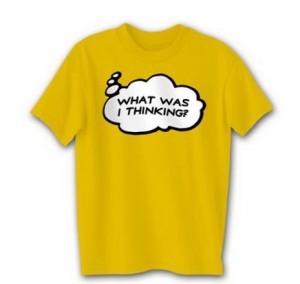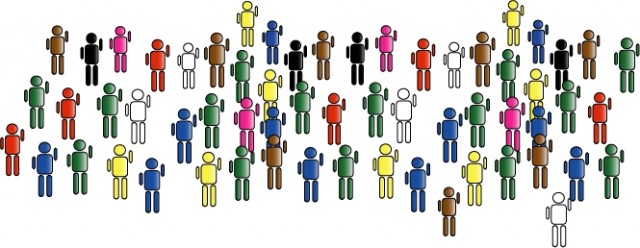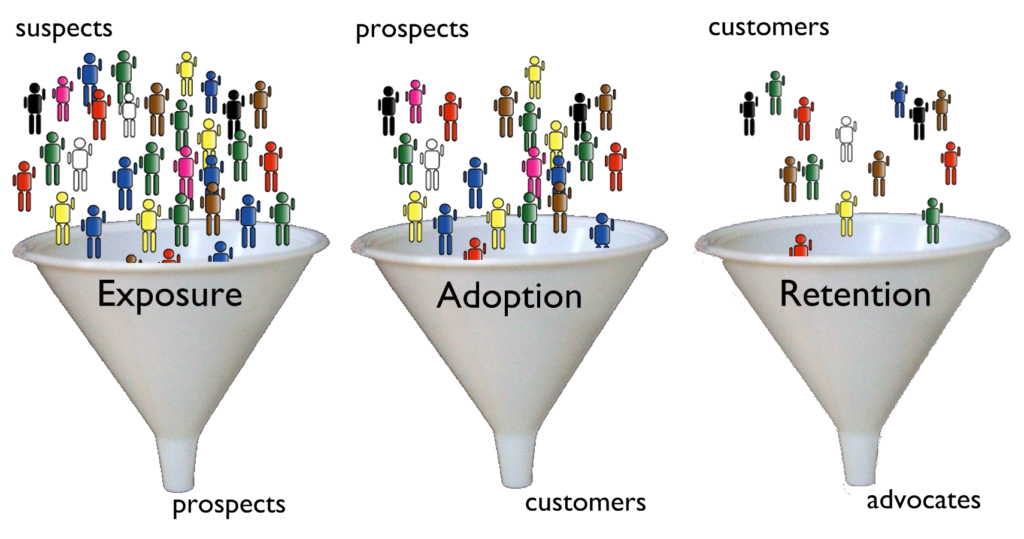 As consumers we have many choices of what we do and how we spend our money. Given too many choices we get overwhelmed and tend to do nothing. Ninety-eight percent (98%) of the time, however, we rely on our subconscious to make decisions. Scientists tell us this is a good thing as our brains are not able to process the millions of information bits thrown at us daily. If we had to think about everything we do, our days would be filled with just getting through our breakfast menu.
As consumers we have many choices of what we do and how we spend our money. Given too many choices we get overwhelmed and tend to do nothing. Ninety-eight percent (98%) of the time, however, we rely on our subconscious to make decisions. Scientists tell us this is a good thing as our brains are not able to process the millions of information bits thrown at us daily. If we had to think about everything we do, our days would be filled with just getting through our breakfast menu.
rational thinking only represents 2% of decision making
As business people we know the importance of telling customers about the features and benefits of our products and services, so that any thinking person would be compelled to make a purchase. The trouble with this “rational thinking” approach is it only targets 2% of the decision making process and not the 98% of the buyer’s subconscious driven actions. This helps to explain why customer behavior is so often misunderstood and may explain, for example, why 75% of customers in surveys say they are satisfied right before they leave. Of course, measuring customer satisfaction can be helpful in spotting trends; the problem is using a customer satisfaction survey to understand customer thinking or justify getting a good night sleep is misguided.
You need the courage to run experiments
How many times have you thought, “we just need a better website”, or “better leads.” Don’t be surprised if one more communication or one more survey, doesn’t lead you to the Promised Land. Knowing if customers are happy or what will make them purchase is more complex. You need the courage to run experiments and observe firsthand what works and what doesn’t. Beware of gator brains reactions from those that think they already know the answers. Don’t let unproductive thinking get in your way. See related post –Innovation Squelchers: Pattern Thinking, Biases, and Gator Brains
In the next issue of the What’s Next newsletter we’ll share a free and simple exercise that enables you to detect pattern thinking in yourself as well as others.
Signup for the What’s Next newsletter
Are Communications Helping Your Relationships?
 Timely and relevant communications is essential for businesses to reach their target audience. Anything less is noise that will largely go unnoticed or worse irritate the intended audience. Sadly, many organizations fall into the trap of poorly segmenting communications. Sales and even some marketing personnel fail to differentiate between suspects, prospects, and customers. When this happens, loyal customers are often overlooked. Think how a loyal customer feels about your brand when prospects receive better offers than they do. This results in customer churn, diminished sales, and poor loyalty.
Timely and relevant communications is essential for businesses to reach their target audience. Anything less is noise that will largely go unnoticed or worse irritate the intended audience. Sadly, many organizations fall into the trap of poorly segmenting communications. Sales and even some marketing personnel fail to differentiate between suspects, prospects, and customers. When this happens, loyal customers are often overlooked. Think how a loyal customer feels about your brand when prospects receive better offers than they do. This results in customer churn, diminished sales, and poor loyalty.
To solve this problem companies should segment customer communications into 3 stages.
- The first stage is Exposure. Here you expose suspects to your products and services and turn them into a prospect.
- Next is the Adoption stage. Getting your prospect through the sales process and consuming your product or service is the goal.
- The last stage is Retention. This last one is most often overlooked as sales driven personnel and processes are “on to the next” big sale or initiative.

Bain and Company research established that it is 10x more costly to acquire a new customer than retain an existing one. So naturally, you wish to retain customers and turn them into advocates.
Benefit of creating advocates include:
- pay more, especially for premium treatment
- buy more and often without ongoing sales efforts
- provide useful input on products and services
- insulate you from the effectiveness of competitor’s price promotions
- reduce the cost of your exposure funnel related marketing activities
Properly enabled, advocates also influence like minded individuals and expose them to your brand. Because of this, it is important to continue to build the relationship. This is especially relevant in an era where buyers turn to social networks and online information sources for opinions and counsel before completing a purchase decision.
Here is how to improve customer communications
- Conduct a communications audit and establish your baseline
- Ensure everyone is clear on the definition of customer terms i.e. suspect, prospect, customer, and client
- Actively segment communications based on the 3 stages of relationship
- Watch response rates and loyalty improve

